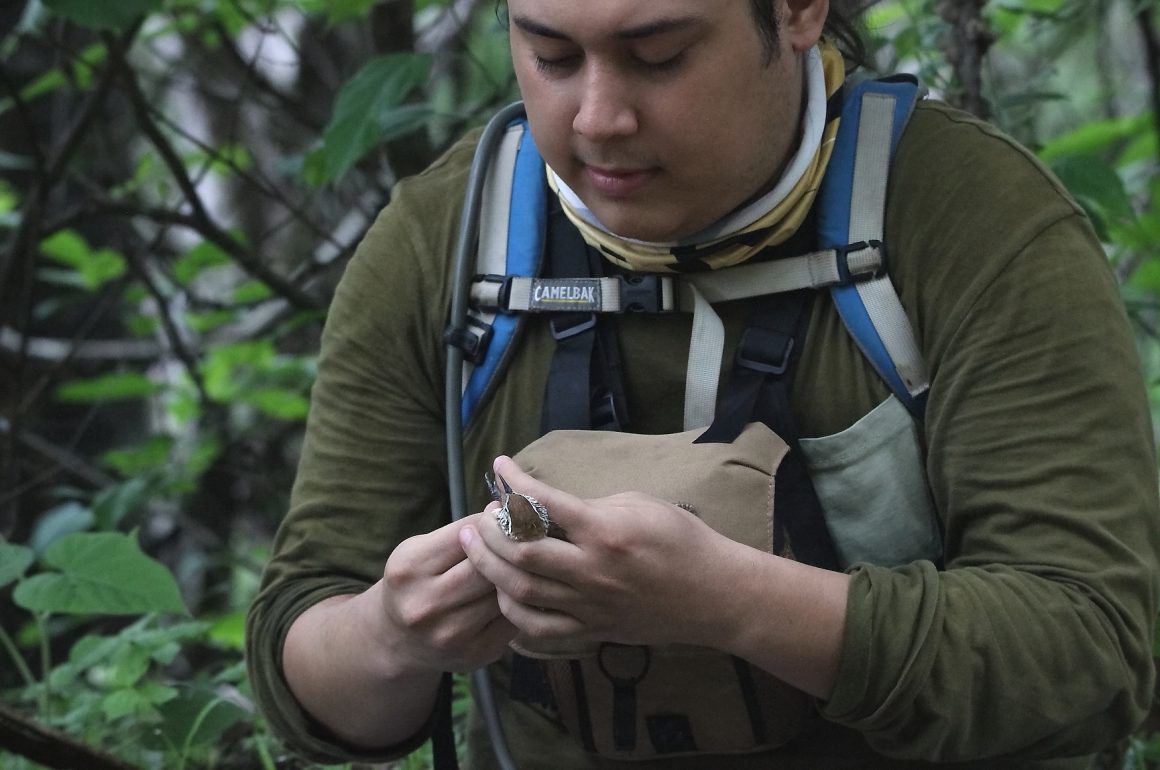
No, this title is not an homage to a 1990 Kevin Costner movie. Rather, it references a Mexican saying: El que anda con lobos, a aullar se enseña. (“If you walk with wolves, you learn to howl.”) In recent years, my particular wolf pack seems to be made up of biologists.
Now, I should clarify that I am a musician by studies (Bachelor of Liberal Arts with a specialty in music), and by work experience a pastor, musician, English teacher and translator/interpreter. Yes, I have a long and varied professional path. But nowhere in my curriculum will one find any studies or work experience involving biology or ornithology.
But the birding world around Morelia is a new movement, which still has a heavy contingent of ornithologists. Oddly, they are almost all even newer at it than I am. That means that they know all the science, but I know the good birding sites. So they have reason to let me join in all their birding games.
A couple of years ago, I was invited to participate in a Ducks Unlimited field study of waterfowl populations on our nearby Lake Cuitzeo, a major wintering site for migratory waterfowl and shorebirds. All of the many other participants were either biology students or professors. But we were just counting birds, an activity both I and most of our readers know well.
Recently, one of those same students reached out to me to help with another student’s DNA study of different populations of the Happy Wren. (Yes, that’s its name, even in Latin: Pheugopedius felix.) They needed a place in which this tropical species could be reliably found. Fortunately, my birding buddy/ornithologist Jonathan and I had seen five of them on a single path just three weeks earlier.
In spite of this being a magnificent site, it wasn’t a great day for pure birding. The search, which involved setting up mist nets, waiting for the Wrens, and taking samples, made for slow progress. Our rainy season started early and has been constant, so we haven’t had good light for photography in weeks. We’ve barely seen the sun in weeks. And in the end, we spent our last half hour standing under a large tree as the mist turned to drizzle, and then to rain. We gave up and made our way back to our vehicle at a very early 11:00 a.m.
Still, my new friends (two bachelor-level students and a professor) had told me that sampling three birds would be considered a good day. And they did indeed successfully process exactly three Happy Wrens. They also netted an even more difficult Banded Wren, but that one got away before they could process it. I put a photo of Happy Wren #3 at the top of this post, and here are additional photos of all three Happy Wrens and the Banded Wren:
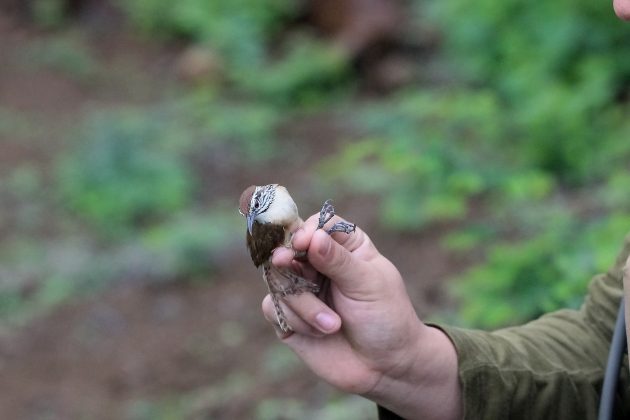
Happy Wren #1
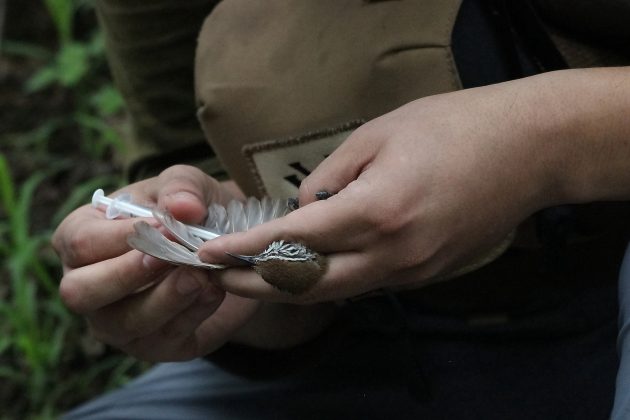
Happy Wren #2
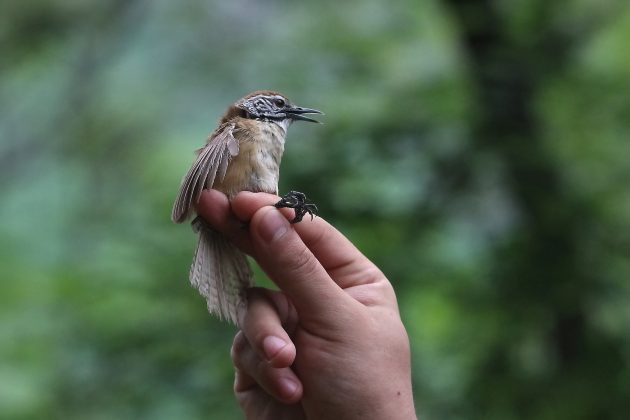
Happy Wren #3

The Banded Wren: While its facial pattern is similar to that of the Happy Wrens, it is larger and has banded flanks.
It seems like I should answer a couple of questions before I close this post. First, what did the Happy Wrens experience in this process? Well, they each lost a pair of tail feathers. And, as seen in the photos above, a tiny sample of blood was also taken. It is obvious to say this, but our Happy Wrens were briefly very unHappy.
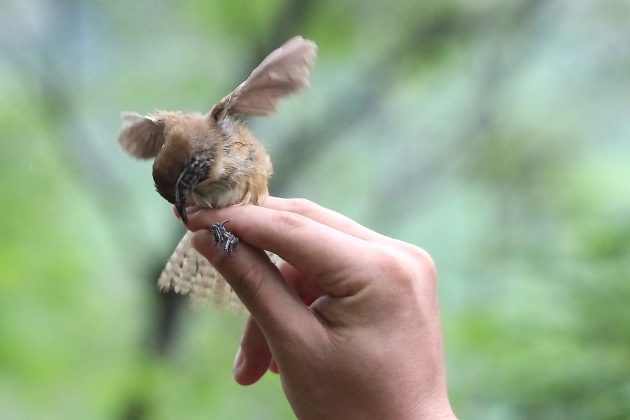
And when they are unHappy, they try to bite the hand that holds them.
Second, what was my part in this? Not all that much, really. I led them to the birds, of course. I also did my best to distract them with some of the other cool birds that showed up. And I briefly held one of the Wrens in my hand, at the invitation of the student who originally contacted me, just prior to releasing it. Perhaps I could have done more. But I mostly kept my distance during the process, to avoid stressing these tiny birds any more than absolutely necessary. Still, It was exciting to see these species so closely, since they are birds that are often heard, but almost never clearly seen out in the open.
As usual, I’ll throw in a couple of photos of other birds to close out this post:
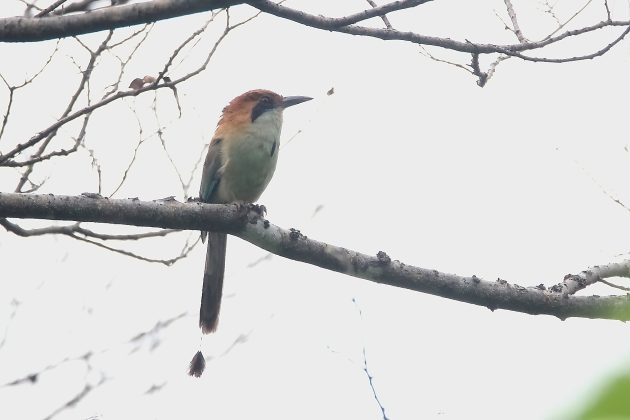
Russet-crowned Motmot

immature Golden-cheeked Woodpecker





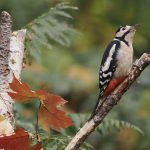
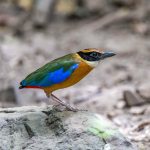

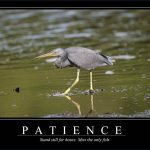
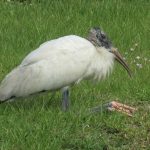
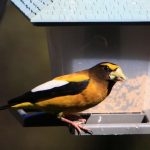
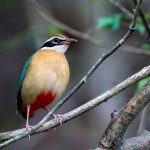
Must have been a great experience. Even though I obviously hate the bird nets I occasionally encounter in Shanghai, I do cherish the moments when I untangle birds from these nets to set them free. Before completely and utterly destroying the nets, and cursing humanity.
I always appreciate your posts, Paul!